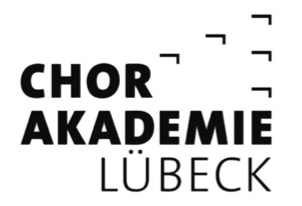“An astonishing experience, a great film-like orchestral storm for which audiences jump out of their seats applauding”
—Süddeutsche Zeitung, Germany
Oriental wisdom distilled into a trailblazing Dunhuang epic dedicated to humanity
Tan Dun, the Grammy and Academy Award-winning composer-conductor, boldly presents ancient narratives of Buddha’s teachings in a sweeping epic to celebrate universal values such as equality and sacrifice. Sung in Chinese and Sanskrit,
Buddha Passion opens up unprecedented vistas for art and humanity, masterfully melding different cultures into an all-embracing unity.
Buddha Passion consists of six acts – Bodhi Tree, Nine-coloured Deer, Thousand-hand Guanyin, Zen Garden, Heart Sutra, and Nirvana – featuring a star-studded cast of top soloists who portray various characters from Buddhist legends. For this project, Tan Dun visited Dunhuang dozens of times over two years, studying murals in Mogao Caves and reconstructing musical instruments, such as the fantan pipa and xiqin depicted there. In this Asia premiere, he will lead a 200-strong cast from the International Choir Academy Lübeck and Hong Kong Philharmonic Orchestra & Chorus in his extraordinary quest to revive long-lost sounds from the Tang dynasty.
Indigenous performer/Xiqin instrumentalist:
Dunhuang fantan pipa & dance performer:
Related info
Meet-the-artist session after the 2 November performance


The Guangdong Full-Wisdom Education Group and the EU-Asia Centre proudly support the International Choir Academy Lübeck's participation

ICBC International’s 10th anniversary celebration proudly supports the HK Phil’s participation
Photo:Dunhuang Academy (Photographer: Wu Jian), Andy Lam, Cheung Wai-lok,
Dario Acosta, Johannes Ifkovits, Oliver Killig, Musacchio & Ianniello
About the Artists
Tan Dun
Conductor / Composer
The world-renowned artist Tan Dun has made an indelible mark on the world’s music scene with a creative repertoire that spans the boundaries of classical music, multimedia performance, and Eastern and Western traditions. He has garnered today’s most prestigious honours including the Grammy Award, Oscar/Academy Award, Grawemeyer Award, Bach Prize, Shostakovich Award, and most recently Italy’s Golden Lion Award for Lifetime Achievement.
As a conductor of innovative programmes around the world, Tan Dun has led the China tours of the Mahler Chamber Orchestra and Japan’s NHK Symphony Orchestra. He has also led the world’s most esteemed orchestras, including the Royal Concertgebouw Orchestra, London Symphony Orchestra, the Philadelphia Orchestra, Metropolitan Opera Orchestra, amongst many others.
Tan Dun’s individual voice has been heard widely by international audiences. His first Internet Symphony, which was commissioned by Google/YouTube, has reached over 23 million people online. His Organic Music Trilogy of Water, Paper and Ceramic has frequented major concert halls and festivals. His multimedia work, The Map, premiered by YoYo Ma and the Boston Symphony Orchestra, has toured more than 30 countries worldwide. In recent seasons, his percussion concerto, The Tears of Nature, premiered in 2012 with the NDR Symphony 2 Orchestra, and Nu Shu: The Secret Songs of Women Symphony was co-commissioned by The Philadelphia Orchestra, NHK Symphony Orchestra and the Royal Concertgebouw Orchestra Amsterdam.
Tan Dun currently serves as the Honorary Artistic Director of the China National Symphony Orchestra, Honorary Chair of Carnegie Hall’s China Advisory Council, and has previously served as Creative Chair of the 2014 Philadelphia Orchestra China Tour, Associate Composer/Conductor of the BBC Scottish Symphony, and Artistic Director of the Festival Water Crossing Fire held at the Barbican Centre.
Baritone
Shenyang (as Buddha and Hongren, Fifth Ancestor of Zen)
Shenyang studied at the Shanghai Conservatory of Music. He is an alumnus of the Metropolitan Opera Lindemann Young Artist Development Program and of the Juilliard School Opera Center. Accolades under his name include the 2007 BBC Cardiff Singer of the World, the 2008 Borletti-Buitoni Trust Award, and the 2010 Montblanc New Voices at Stars of the White Nights Festival. A frequent guest at the Metropolitan Opera, Shenyang has most recently performed there in The Magic Flute and La Cenerentola. Previously he has been heard as Masetto in Don Giovanni, Garibaldo in Rodelinda, and Colline in La Bohème.
Soprano
Maria Chiara Chizzoni (as Nine-coloured Deer & Thousand-hand Guanyin)
Soloist-in-residence of the Santa Cecilia Academy in Rome, Chizzoni has sung at many major opera houses and festivals, including Tan Dun’s Water Passion at the Thomaskirche in Leipzig, Germany. She has also performed Petrassi’s Magnificat under the baton of Antonio Pappano, Orff’s Carmina Burana under Krzysztof Urbanski, etc. Her repertoire includes Donizetti’s L’Elisir d’Amore, Verdi’s Rigoletto, Rossini’s Il Barbiere di Siviglia, Mozart’s Così Fan Tutte, Puccini’s Turandot, and Strauss’ Die Fledermaus, among others.
Mezzo-soprano
Zhu Huiling (as Little Prince – Buddha in his teens)
A graduate from the Middle School affiliated to Shanghai Conservatory of Music, Hochschule für Musik und Theater Hamburg and Staatliche Hochschule fur Musik und Darstellende Kunst Stuttgart, Zhu Huiling completed Bachelor and Master in Lieder-Oratorio, and a doctoral degree in opera-singing. Currently the artistic director of the charitable foundation Stiftung Chinesische Nachwuchskünstler e.V. Hamburg. Her operatic repertoire includes the title role in Carmen, Charlotte in Werther, Dorabella in Così Fan Tutte, the Queen in Barbe-bleue, Jiao’s Mother in Wilderness, and more.
Tenor
Wang Kang (as Huineng, Sixth Ancestor of Zen)
Born to a pair of professional opera singers in China, the Australian tenor Wang Kang honed his singing skills under the renowned tenor Joseph Ward. In 2010, he garnered the People’s Choice Award at the Dame Joan Sutherland National Vocal Awards. Since 2015, Wang has been in the Lindemann Young Artist Development Program of the Metropolitan Opera, New York. He has worked with many premier orchestras in the world, such as the Metropolitan Opera House and London Philharmonic Orchestra. In 2017, he held a solo recital at the Great Hall of the Moscow P. I. Tchaikovsky Conservatory. Among his lead roles are Tom Rakewell in The Rake’s Progress, Don José in La Tragédie de Carmen, and Roméo in Roméo et Juliette.
Indigenous Performer
Tan Weiwei (as Nina the Persian songstress)
Tan Weiwei completed vocal studies at the Sichuan Conservatory of Music as a summa cum laude graduate. Her debut album The Heart of Highland won the World Music Award of France in 2005. In 2009, with Encounter she became the first mainland Chinese singer to have won the Best Original Film Song at the Taipei Golden Horse Film Festival. In 2016, she combined the traditional laoqiang, a National Intangible Cultural Heritage from the Shaanxi Province, with modern rock music to critical acclaim. She has a huge following as an indigenous performer.
Indigenous Performer / Xiqin Instrumentalist
Batubagen (as Minstrel Monk Kongxian)
Batubagen grew up in the pastoral area of Bairin Right Banner of Inner Mongolia Autonomous Region. He is a Tuvan throat singer and a Morin Khuur player of the music group Hanggai. Since 2009, along with the internationally renowned group, he took part in all major international music festivals, including Roskilde, Lowlands, Fuji Rock, Sydney Festival and more. Hanggai won two national-level awards in China: championship of the 2015 Sing My Song contest (season two); and the Best Ethnic Music Artist Award at the 11th Chinese Music Media Awards in 2011.
Dunhuang Fantan Pipa & Dance Performer
Chen Yining
Chen Yining is a Chinese classical dance student from the Beijing Dance Academy. In 2008, she won the Folk Music Special Gold Award and Dance Gold Award of the “Star Torch Cup”. While at school, she was invited to perform in The Book of Songs of the China National Opera and Dance Drama Theater. In 2017, she won the first prize of the 15th Beijing Dance Competition.
The International Choir Academy Lübeck
Founded in 2002 by its artistic director Rolf Beck, the International Choir Academy Lübeck brings together selected young singers from some 15 different nations to form a unique vocal ensemble. The high quality of the choir is guaranteed by its intensive working phases before the final concerts, during which singers receive one-on-one vocal training from world-famous coaches, such as Magreet Honig and Marcel Boone. In 2017, the Academy participated in producing a CD for the Bamberg Symphony Orchestra, with Wagner’s Götterdämmerung directed by Jaap van Zweden in Hong Kong.
Hong Kong Philharmonic Orchestra
Recognised as Asia’s foremost classical orchestra, the Hong Kong Philharmonic Orchestra (HK Phil)’s Music Director Jaap van Zweden is one of today’s most sought-after conductors. At present, the Principal Guest Conductor is Yu Long. Jaap, the HK Phil, a superb cast of soloists and a chorus successfully completed the four-year epic “Ring Cycle” journey in January 2018. The recording of Götterdämmerung will be released towards the end of 2018.
Hong Kong Philharmonic Chorus
Established in 1980, the Hong Kong Philharmonic Chorus has collaborated with the Hong Kong Philharmonic Orchestra in a range of different works. In 2013, the Chorus undertook a new recruitment drive, which drew over 450 singers to the audition. The restructured Chorus made its debut with Handel’s Messiah, and has since performed with the HK Phil in major works by composers such as Britten, Mendelssohn, Beethoven, Haydn and Mahler, under renowned conductors namely Lorin Maazel, Nicholas McGegan, Brett Weymark and Jaap van Zweden, amongst others. Apollo Wong is the current chorusmaster.
Fringe Activities
Buddha Passion Pre-performance Talk
Speakers:
Mr. Shum Yat-fei (Senior cultural specialist and media veteran)
Dr. Oliver Chou (Programme Director, College of Humanities and Law, HKU School of Professional and Continuing Education)
Date: 02.11(Fri)
Time: 6:45-7:30pm
Venue: Hong Kong Cultural Centre Administration Building Podium Workshop
In Cantonese. Free admission.
Foyer Performance
Buddha Passion & Digital Dunhuang
Hong Kong Philharmonic Orchestra & Chorus
Modern technology is breathing new life into the ancient legacy of Dunhuang. At the Hong Kong Heritage Museum exhibition Digital Dunhuang – Tales of Heaven and Earth, artefacts from a distant era are brought back to their former glory. At the New Vision Arts Festival, characters in Tan Dun’s Buddha Passion, inspired by the Dunhuang fresco Nirvana, will “walk” out of the fresco to perform on stage. Prior to Buddha Passion, the Hong Kong Philharmonic Chorus members and musicians will showcase music themed around Dunhuang at the Museum.
Date: 14 & 21.10(Sun)
Time: 3-3:30pm
Venue: Hong Kong Heritage Museum Foyer
Free programme
Extension Reading
Neither Mirror nor Stage— Tan Dun’s Buddha Passion
Chen Yen-ju
(Member of Taipei Philharmonic Youth Orchestra and Taiwan Wind Ensemble)
The Buddha Passion, which premiered this May at the Dresden Music Festival in Germany, is the latest work of the renowned Chinese composer Tan Dun. Tan Dun, arguably the most famous Asian composer since the turn of the millennium because of his film soundtracks, won an award in 1983 for his string quartet Feng-Ya-Song. His soundtrack for Crouching Tiger, Hidden Dragon from 2000, directed by Taiwanese director Ang Lee, won an Academy Award, a Bafta and a Grammy. Later, he collaborated with directors Zhang Yimou and Feng Xiaogang and wrote the soundtracks for Hero and Banquet. Together with the previous work, they form the “Martial Arts Trilogy”. In addition to his achievements in film music, Tan Dun is also very responsive to technology and the times. He not only works with Google, creating Internet Symphony: Eroica for the YouTube Symphony Orchestra, but also incorporates multimedia into works such as The Map, as well as combining the visual and tactile with landscape and environment in Water Heavens. His multifaceted and rich creative energy propels Tan Dun’s oeuvre of amazing works, as well as revealing his unique thinking and insights. Those who seek to know this versatile composer through his creations will find that those creations and their sources are primitive, ancient, even ritualistic, creating a sense of conflict or beauty between “contemporary” and “traditional” in many of his works.
Tan Dun is from Changsha, Hunan, China. Growing up, he was exposed to and deeply affected by traditional funeral rituals. He manifested his talent in music under the guidance of his father Tan Xiang. After graduating from high school, he went through the “Up to the Mountains and Down to the Countryside Movement” where he lived in a rural community, thus gaining a greater understanding of local culture and customs. He finally had the opportunity to enter a Beijing opera troupe, where he could perform and be exposed to traditional opera. This accumulated experience provided depth and became the source of his music in the future. After completing his “send-down” in 1977, he brought his three stringed violin to the Central Conservatory of Music, where he was admitted to receive systematic music education. He studied under Zhao Xingdao and Li Yinghai and was exposed to music creation outside of China. After obtaining a master’s degree in 1986, he went on to study in Columbia University, where he met the American composer who influenced his life―John Cage.
Cage, the most controversial 20th century American composer, is known for works such as 4’33” and Sonatas and Interludes for prepared piano. The results which originated from philosophical reflection on music made Cage’s works quite pioneering―or destructive. After the performance of Water Walk on a TV programme in 1960, Cage’s breakthroughs in creative theory and the use of musical instruments were gradually accepted. After Tan Dun met Cage, he was influenced by the composer and developed the concept of “organic music”, where the everyday objects of stone, water, and paper became his creative sources and the heart of his works. He created works such as Water Concerto and Paper Concerto. This has become a trademark of Tan Dun’s musical creation, and he has slowly expanded his work to explore culture, customs, traditions and ideas. The liberal use of multimedia and video have also made the works gradually more ritualistic in nature.
This development and result can be traced through the works entitled “Passion”. Water Passion after St. Matthew was commissioned in 2000 by the Internationale Bachakademie Stuttgart, founded by renowned conductor Helmuth Rilling. The text describing Jesus’s suffering, which propels the plot of the Water Passion, mainly comes from the Gospel of Matthew, and was inherited from Bach’s St Matthew Passion. In his music, Tan Dun uses his iconic “water sound” throughout his work, lamenting Jesus’s suffering through the sound of water or using water as a visual symbol to make a huge cross on the stage, corresponding to the notation of the shape of the cross; even using the “Seven Last Words from the Cross” to complete the death of Jesus. The structure of signs and symbols makes this whole work thick with religious imagery, and leads all listeners through the music to witness the crucifixion of Jesus, who took on the burden of sin for all of humankind, and his abandoning the physical body. This combination of visual, musical, and symbolic “water” and “stone” sounds presents a reinterpretation of the Gospel of Matthew; it removes the mystery of the crucifixion of Jesus in the Bible, but adds another layer of truth.
His later composition Buddha Passion consists of six acts designed to be independent of each other. Although at first glance the acts do not appear directly connected to each other, they are all profound reflections on the process of “causality” to “reincarnation” in Buddhism. Tan Dun mixes and rewrites different Buddhist stories and history. For example, the first act “The Bodhi Tree” combines the parable of cutting off one’s flesh to feed the eagle, and the Buddha’s enlightenment under the Bodhi tree. The fourth act, “The Buddhist Temple”, is a test by the Fifth Patriarch Hongren of his disciples, causing them to blaspheme. In Tan Dun’s version, Shenxiu’s verse “the body is the Bodhi tree/ the heart is like a mirror/ we must always strive to polish it/ and not let dust collect” is attributed to Hongren. Much of the rewriting and rearrangement of details humanises the characters, propelling the plot to the “Nirvana” beyond the cycles of cause and effect. This also reveals Tan Dun’s research into and insights gained from the history of Chinese Buddhism. In order to make the presentation more meaningful, Tan Dun searched through museums for ancient scriptures from the Mogao Caves, trying to discover the “original style” of the singers through recovering the ancient music in the ancient texts, interspersed with Sanskrit scriptures. Let all that is original, forgotten, and which needs to be recalled awake again in the present and coexist with modernity. In fact, Tan Dun is not the first composer to be inspired by Buddhist themes. But perhaps through Buddha Passion, Tan Dun hopes through the scriptures, the Dharma and the story to convey the universal values that run through the six acts―”Love and Peace”―and to spiritually enrich the audience through plot, self awareness and the epiphanies of his characters.
(Translated by Amy Ng)















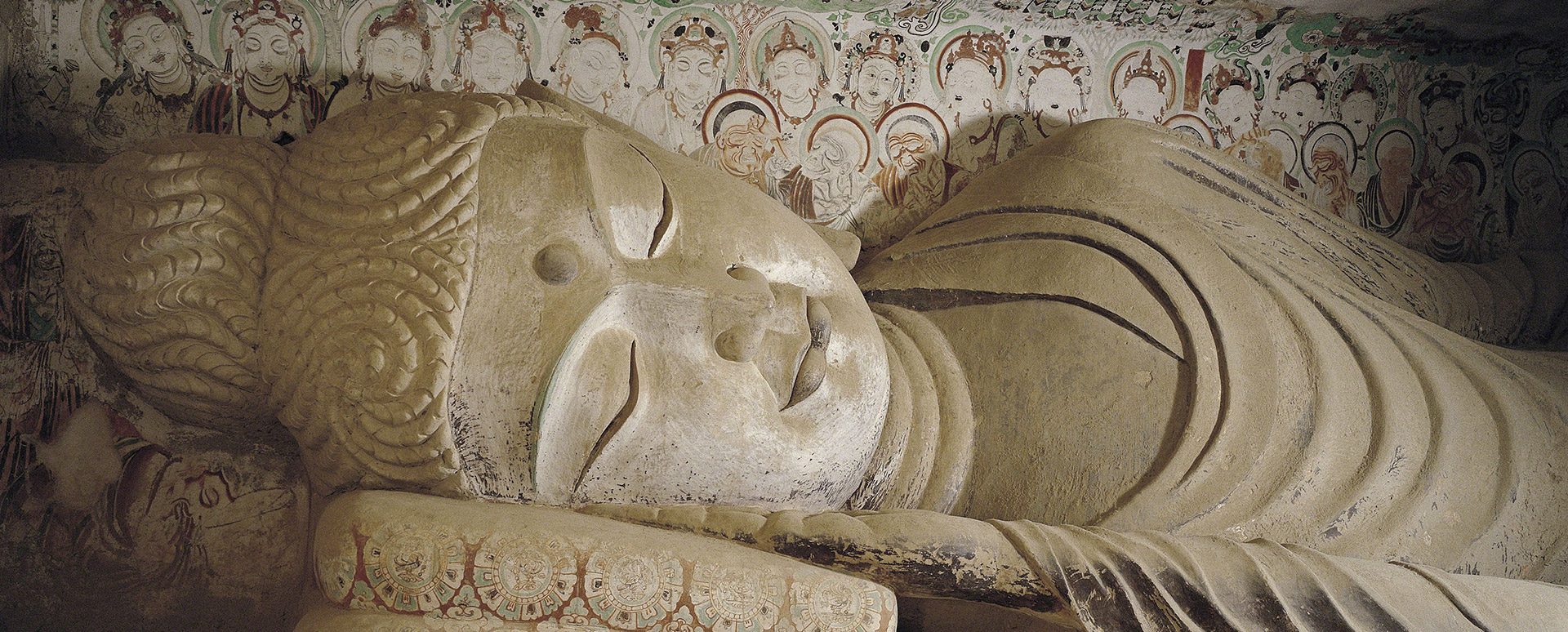
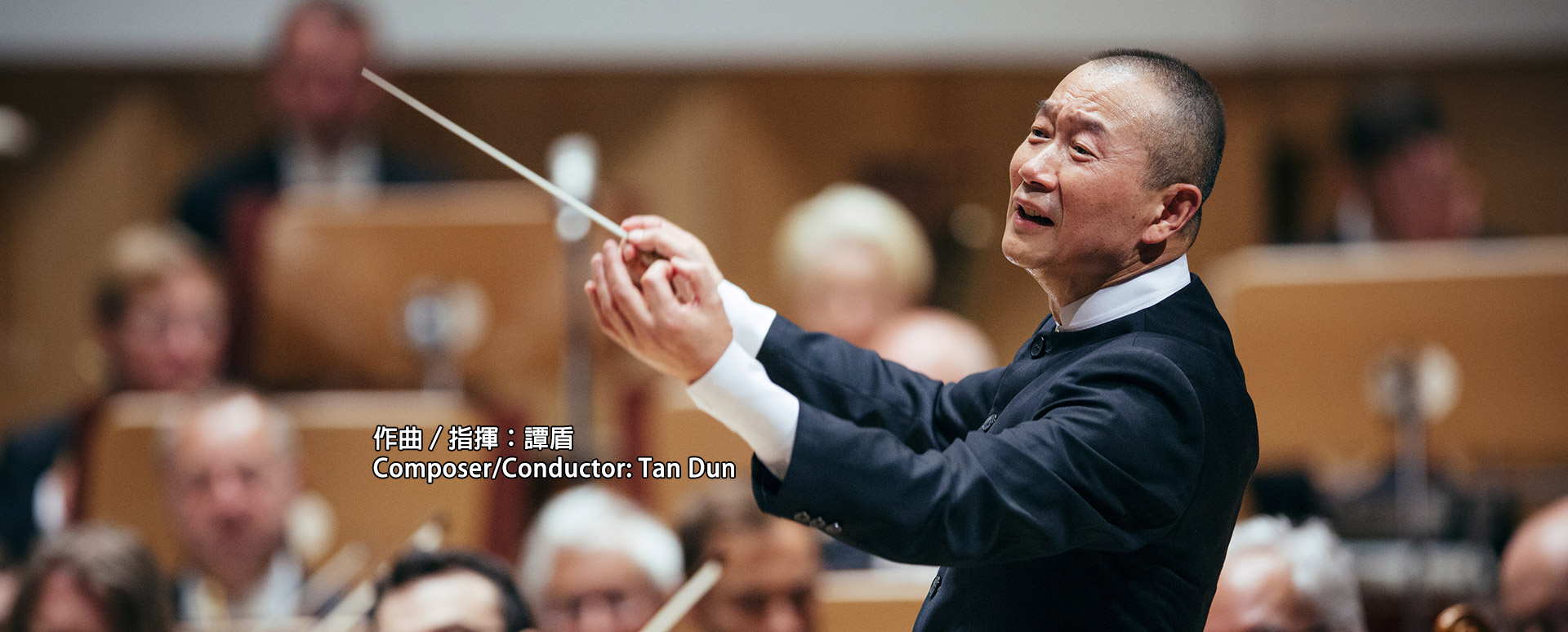
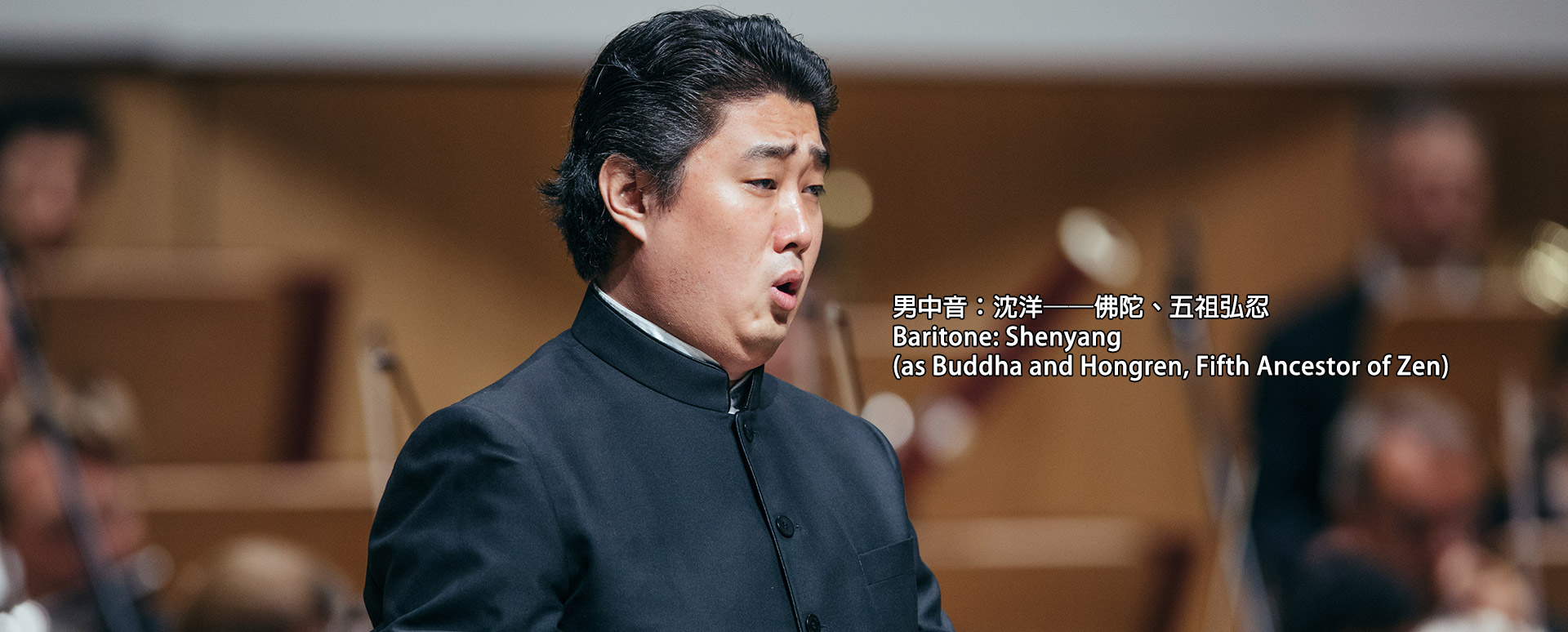
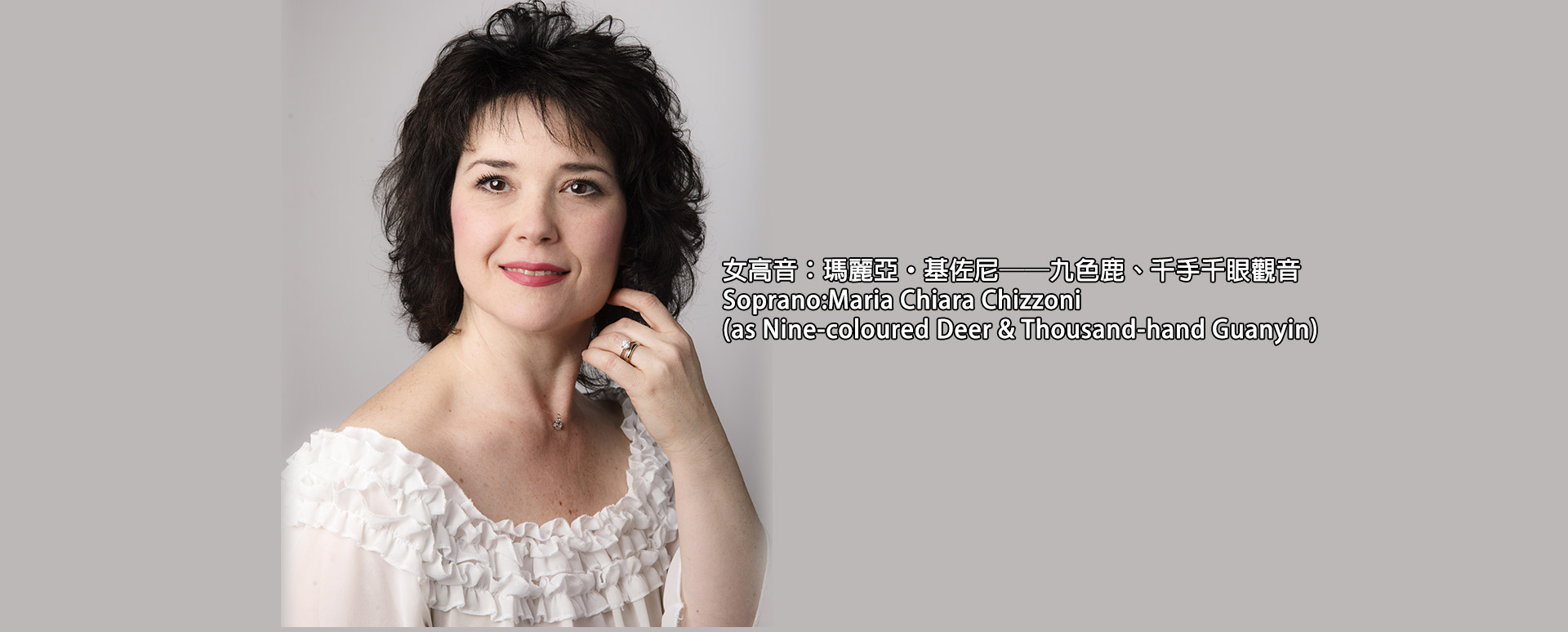
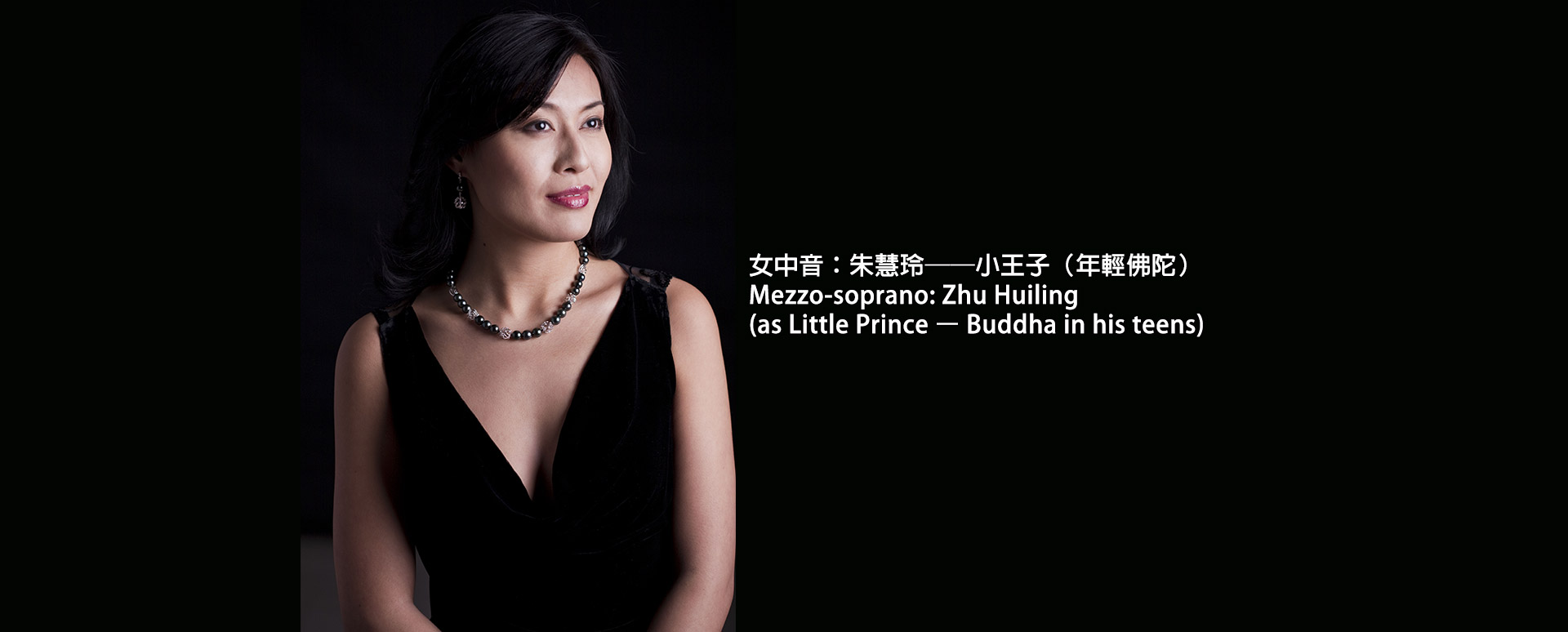
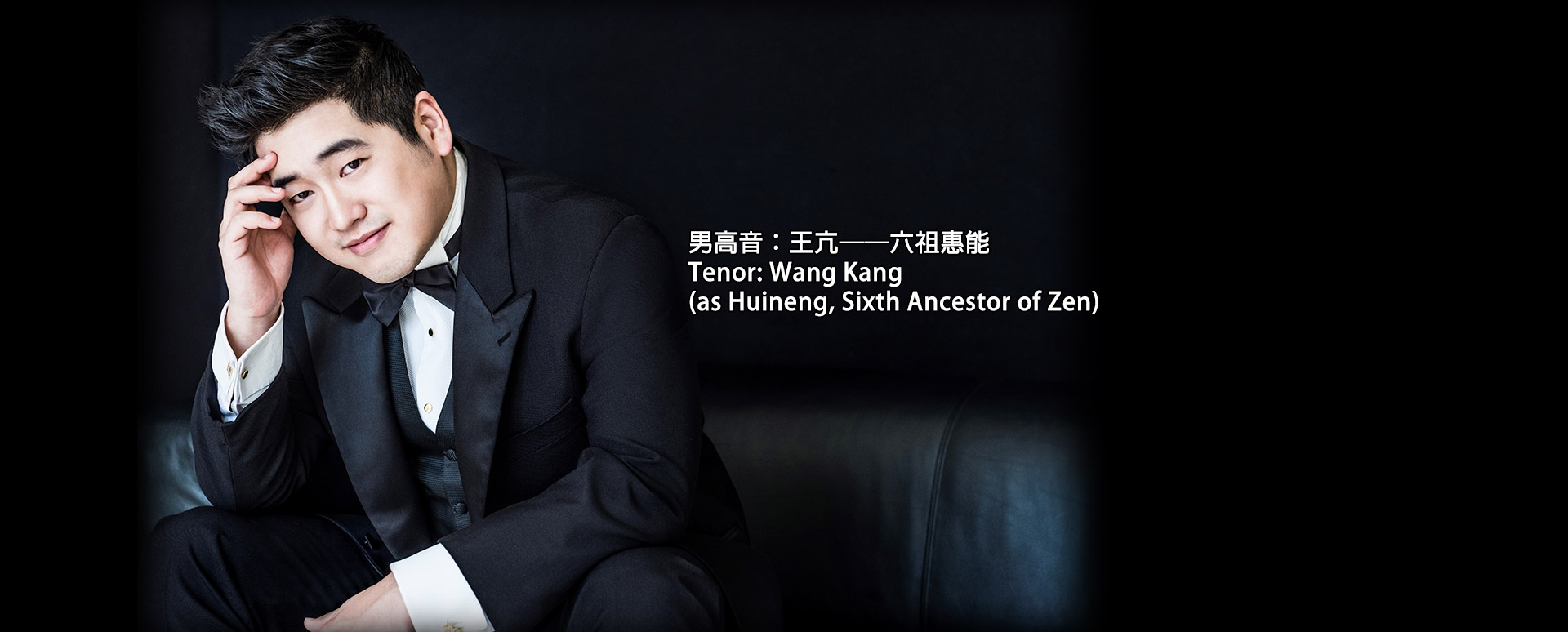
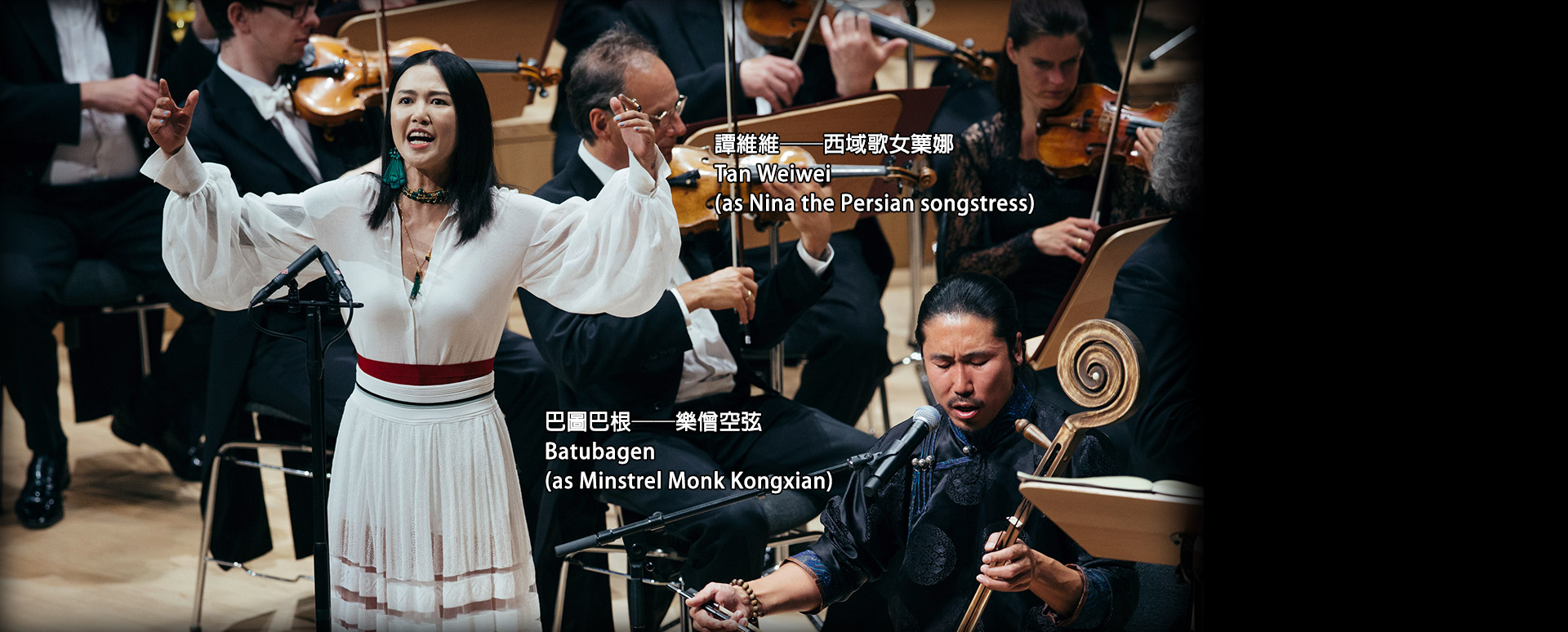
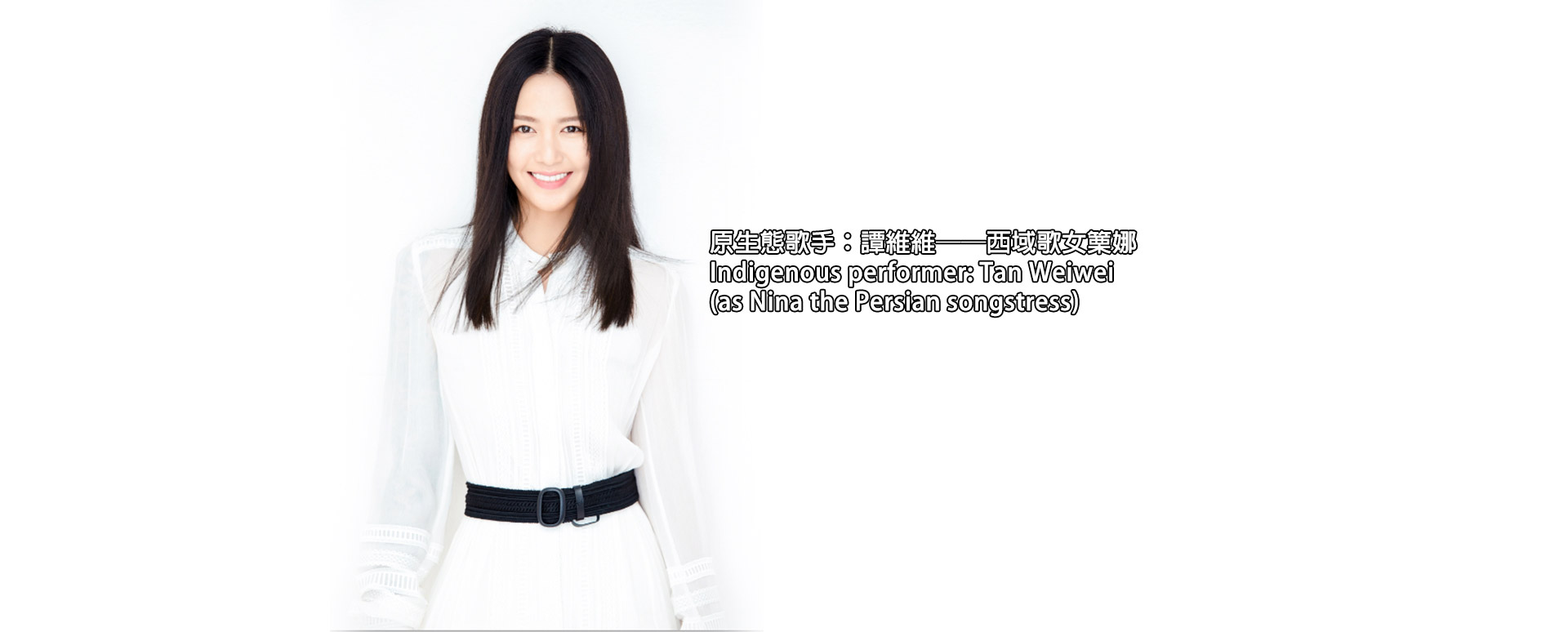
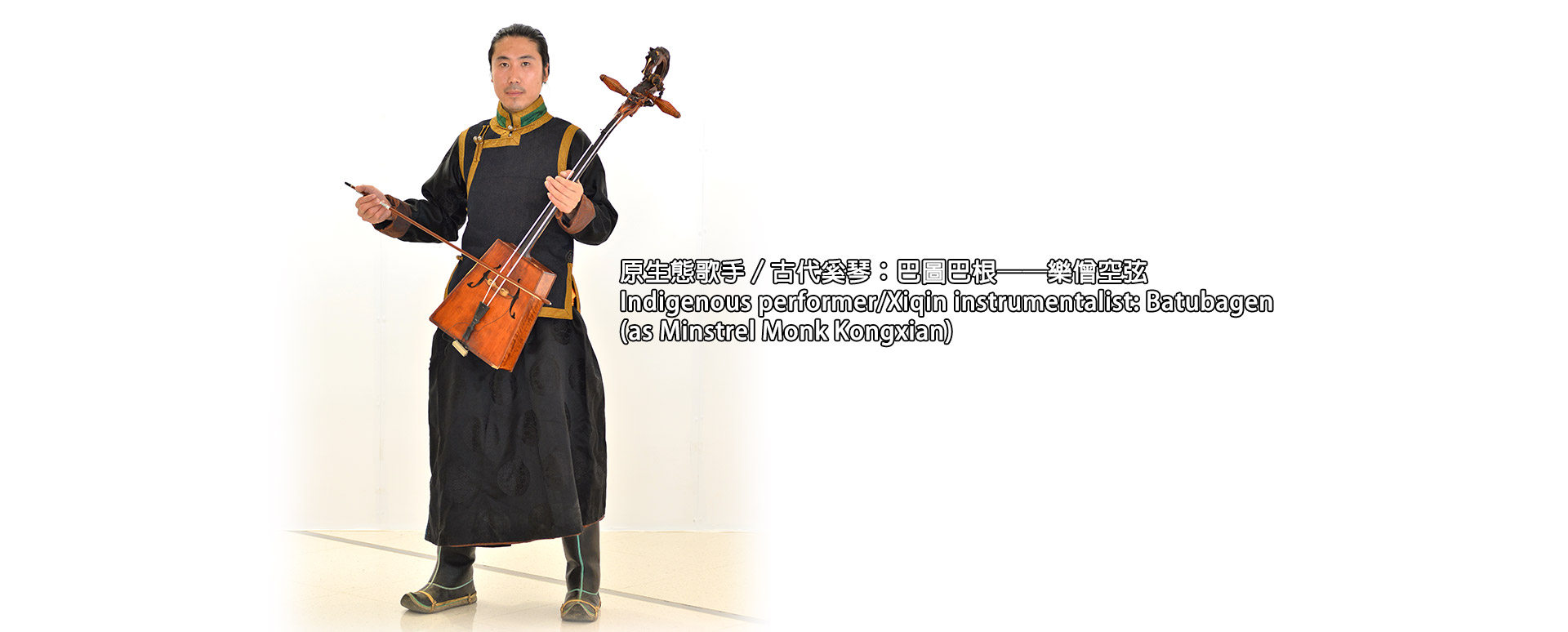

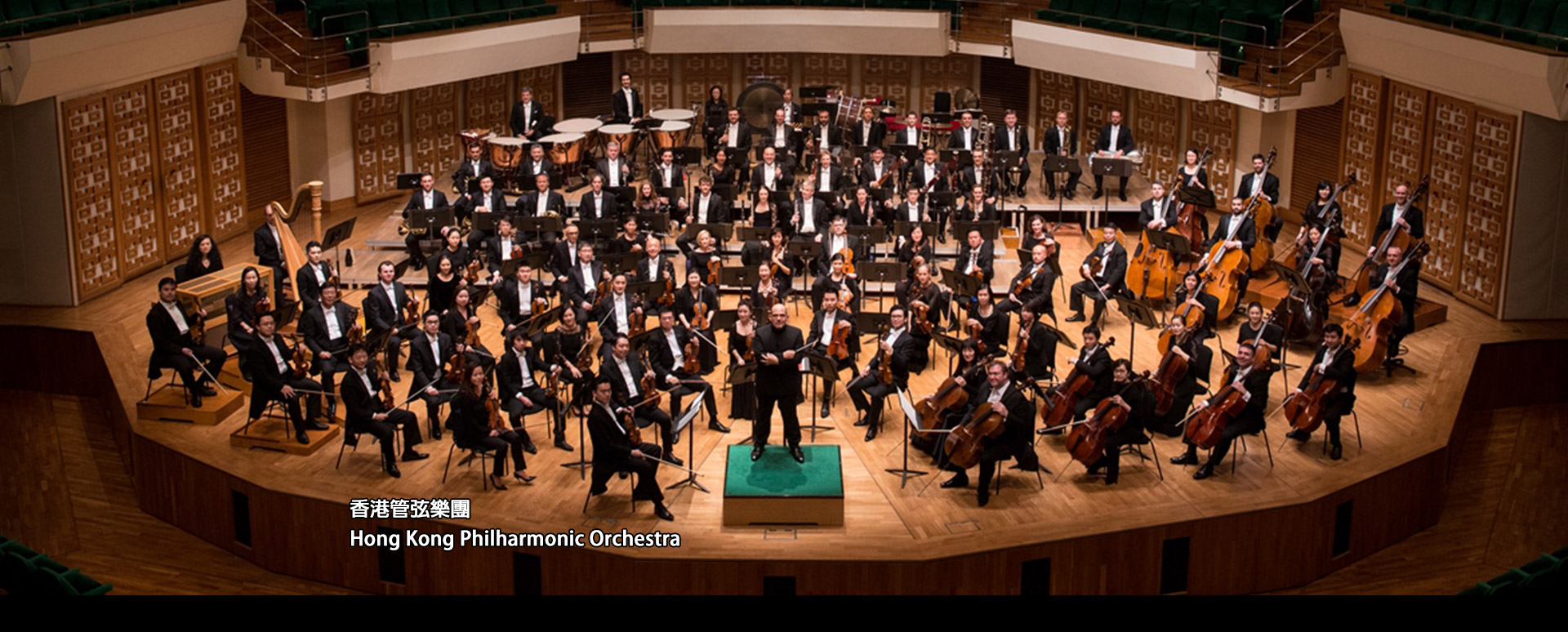
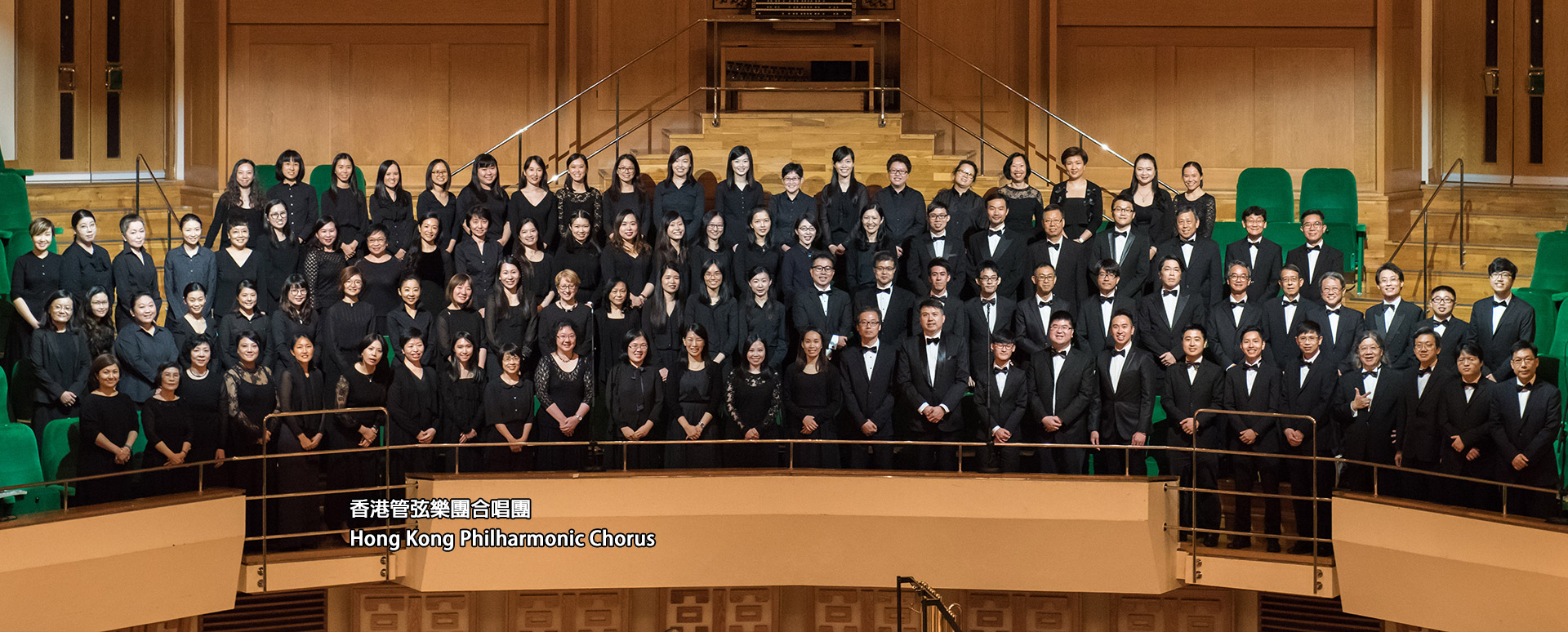


 Seat plan
Seat plan
